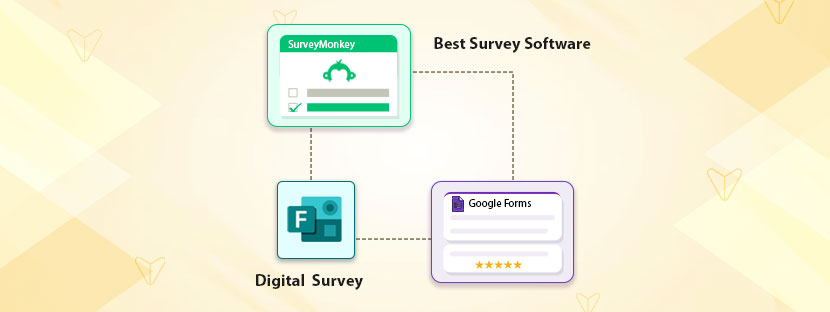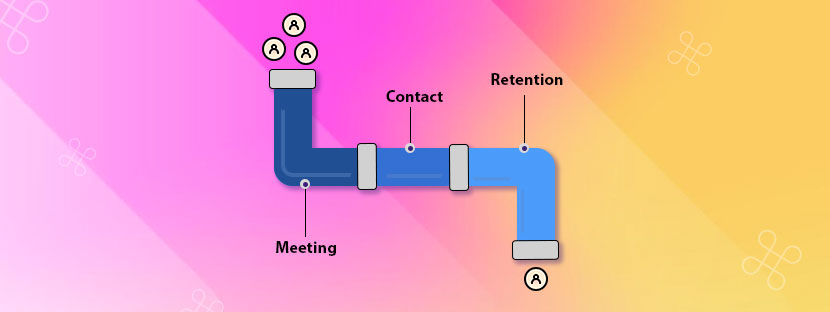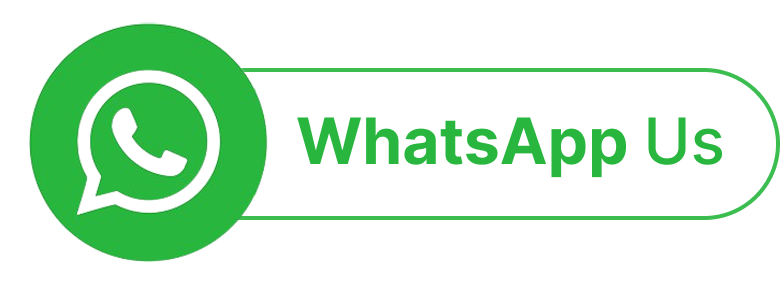Inbound leads mean guaranteed conversion. Isn’t it?
Someone made an enquiry to your website. That is your inbound lead. It means your business is attracting leads on its own. Inbound leads also mean faster deal cycles and a better win rate.
Let’s crack the code to generate inbound leads for B2B sales in this blog. We are going to discuss ideal leads and how to get them here.
Shall we start?
Ideal B2B inbound lead
From a business perspective, an ideal B2B inbound lead is a decision-maker with a willingness to become your customer. You have to promote your brand and create awareness of your products. Only then can you generate B2B inbound leads.
Often, inbound leads come from qualification parameters. For example, marketing qualified inbound leads are those who have interacted with your brand via your website. On the other hand, sales qualified leads are those who have enquired about your products. Product-qualified leads are those who have tried your products and want to connect for re-purchase.
Inbound leads are often considered as organic leads, which means no direct efforts are involved here acquiring these leads.
What is inbound lead generation?
Inbound lead generation is about creating compelling content that intrigues your prospects to initiate contact with you. Any activity that your prospects do on your website that helps you to get their contact information is considered inbound lead generation. You can collect information from content downloads, email opt-ins, sign-ups, free trials, or call schedules, and so on.

Outbound lead generation is different from inbound lead generation. In outbound, you have to find out the person who has the potential to buy your products. When it comes to comparing inbound and outbound, getting inbound leads is incredibly tough. The practice of marketing should be high enough to fetch you with more inbound leads.
Challenges in B2B inbound lead generation
Companies always target to get inbound leads as they are the best leads to get. However, they are unable to acquire, though.
Hence, you need a proper lead strategy before you proceed with anything in inbound marketing. However, the difficulty level of inbound lead generation is comparatively higher than any other medium of lead generation.
Here are the main areas where inbound lead generation for B2B marketing can make the situation hard.
Longer Sales Cycle
There are multiple layers of sales funnels that an inbound lead goes through before saying yes to purchase. For example, first you build your website and then promote it across multiple channels, and then you expect your targeted audience to view that. It takes nearly 105 days to sell products online in the B2B commercial space. The date is even more (233 days) for B2B saas products.
Throughout this period, you need to nurture the lead and push them constantly to make the purchase decision. But not directly, you have to apply indirect methods to engage your leads.
Inbound Leads are an Advanced Audience
Inbound leads mean direct leads that have shown interest in your offerings. They have viewed many other websites and chose yours. That’s the big impact. Something is there that they like the most, and that’s why they have shown interest in your offering. Hence, you need to consider them as a mature audience who will take time to make any decision.
Run out of budget
To acquire inbound leads, you have to spend a decent amount of money on content strategy development. Sometimes businesses spend out-of-pocket expenses to manage the content needs. Mature inbound leads only will get influenced by accurate content strategy, not by alluring quick marketing tactics.
Inbound B2B lead generation tactics

Build a Strong Content Foundation
Content is the core of any inbound strategy. Businesses today don’t just want products — they want answers, insights, and solutions. By creating high-quality blog posts, white papers, eBooks, and case studies that address your ICP’s challenges and goals, you create a magnetic pull toward your brand. Long-form content that educates, informs, and provides actionable value positions your business as a thought leader and trusted advisor.
Leverage SEO to Increase Discoverability
Your content needs to be seen to be effective. That’s where Search Engine Optimization (SEO) comes in. A well-researched SEO strategy ensures your blog posts and landing pages rank for the search terms your prospects are actively using. This includes targeting high-intent keywords, optimizing on-page elements like headlines and meta descriptions, and creating internal link structures that boost visibility. Over time, SEO becomes a reliable traffic engine that consistently brings in potential leads.
Engage Through Social Media and Thought Leadership
Once your content is published, amplify its reach by sharing it strategically on social media platforms like LinkedIn. In B2B, decision-makers often use these platforms to discover new solutions, stay updated on industry trends, and interact with peers. By maintaining a consistent presence, commenting on relevant discussions, and sharing original thoughts, you build credibility and expand your network organically. Your posts should direct people to your website or lead magnets, creating a funnel for interested prospects.
Improve inbound lead conversion
Having a strong presence in digital media is the best way to improve lead conversion. Utilize all channels of marketing in order to promote your products. Simultaneously, you have to take care of your audience’s needs and present your content accordingly. For that, you need to have a strong data processing system. Keep on tracking your data with the right method to convert more of your leads.
Measure your lead generation results with the right data
Whether it’s inbound or outbound – having a strong data processing support is your deciding factor in the prospect targeting matter. Generating inbound B2B leads involves managing a large volume of data — from website analytics to contact lists, CRM insights, content performance metrics, and SEO data. Without clean, organized, and structured data, even the best strategies can fall flat. This is where professional data processing services can make a powerful impact.
By outsourcing data collection, cleansing, categorization, and formatting, businesses can focus on strategy and execution while ensuring their backend runs smoothly. Clean data improves segmentation for personalized marketing, enhances reporting accuracy, and fuels smarter decisions. Whether you’re running a content audit, setting up lead scoring models, or optimizing your sales funnel, streamlined data handling gives you the clarity and confidence to act decisively.











